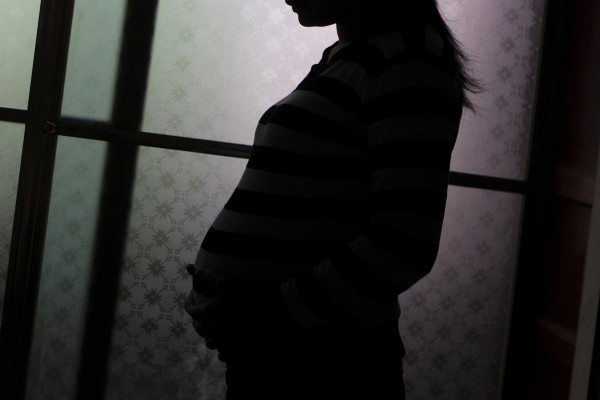Critics Question China's 50 Percent Cesarean Section Rate
| David Perry | | Aug 28, 2014 11:28 AM EDT |
(Photo : Reuters) China has one of the highest cesarean rates in the world
Of the 16 million babies China welcomed into the world in 2010, approximately half were born by cesarean sections. Uneasy medical experts are questioning why the rate is so high.
In a study published in BJOG: An International Journal of Obstetrics and Gynaecology, Susan Hellerstein, Assistant Professor in Obstetrics and Gynaecology at Harvard Medical School, tallied Chinese birth procedures. Before the 1980s, C-section rates were below 5 percent, then grew exponentially in the following decades, she discovered.
Like Us on Facebook
"Since the 1990's, China has seen a dramatic increase in cesarean delivery rates from less than 10% to over half of women now delivering via cesarean section," Hellerstein said. "This is likely to change in the future and efforts must be made to encourage vaginal delivery by reforming certain aspects of the Chinese obstetric care system."
Those "aspects" range from the overall volume of births China experiences with a still-developing medical infrastructure. While cities have up-to-date maternity wards, overburdened hospitals in the countryside with a lack of staff, or supplies, opt for cesarean because they are relatively quick.
Financial incentives for non-vaginal births, such as insurance and revenues for both hospital and doctors also create incentives for the procedure. Many physicians' salaries are supplemented by bonuses on patient numbers and collections. Cesareans cost more than vaginal births, creating an incentive for the procedure.
Additionally, patient preferences are important factors when considering the cesarean section rate in China. The article notes that in the second generation of the One Child Policy, there is a demand for a perfect outcome. Patients and doctors now view cesarean delivery as more effective than harmful. Fear of labour on wards that do not offer pain control, epidurals, nursing support or family support reinforces this expectation, Hellerstein said.
Beijing's recent relaxation of the One Child Policy may act to change the C-section rate, Hellerstein added.
"However," Hellerstein concludes, "it is important to recognise that any efforts to decrease the cesarean section rate must take into account the safety and effectiveness of this delivery method in modern China and preserve maternal and perinatal health."
TagsC-section, cesarean section, Chinese birth rate, childbirth, One Child Policy, Susan Hellerstein
©2015 Chinatopix All rights reserved. Do not reproduce without permission
EDITOR'S PICKS
-

Did the Trump administration just announce plans for a trade war with ‘hostile’ China and Russia?
-

US Senate passes Taiwan travel bill slammed by China
-

As Yan Sihong’s family grieves, here are other Chinese students who went missing abroad. Some have never been found
-

Beijing blasts Western critics who ‘smear China’ with the term sharp power
-

China Envoy Seeks to Defuse Tensions With U.S. as a Trade War Brews
-

Singapore's Deputy PM Provides Bitcoin Vote of Confidence Amid China's Blanket Bans
-

China warns investors over risks in overseas virtual currency trading
-

Chinese government most trustworthy: survey
-

Kashima Antlers On Course For Back-To-Back Titles
MOST POPULAR
LATEST NEWS
Zhou Yongkang: China's Former Security Chief Sentenced to Life in Prison

China's former Chief of the Ministry of Public Security, Zhou Yongkang, has been given a life sentence after he was found guilty of abusing his office, bribery and deliberately ... Full Article
TRENDING STORY

China Pork Prices Expected to Stabilize As The Supplies Recover

Elephone P9000 Smartphone is now on Sale on Amazon India

There's a Big Chance Cliffhangers Won't Still Be Resolved When Grey's Anatomy Season 13 Returns

Supreme Court Ruled on Samsung vs Apple Dispute for Patent Infringement

Microsoft Surface Pro 5 Rumors and Release Date: What is the Latest?










